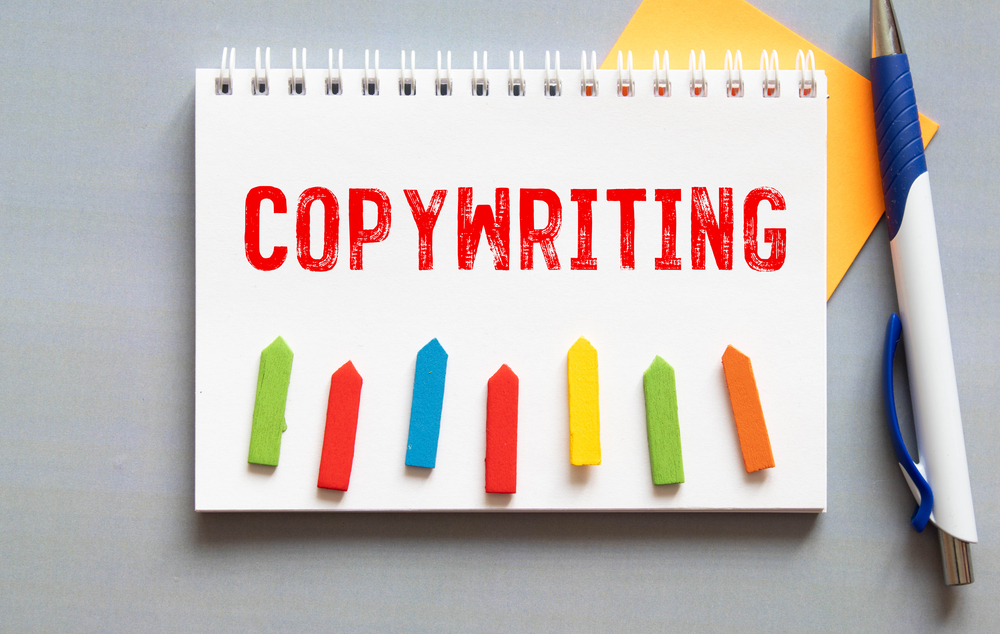Creating a memorable yearbook involves more than just photos and designs. It’s the captions and headlines that help breathe life into the pages, turning a collection of images into a compelling narrative.
In this blog, we’ll explore the art of yearbook copywriting, delving into the techniques and strategies that can help you craft captivating captions and headlines that will leave a lasting impression.
- Know Your Audience: Before you put pen to paper (or fingers to keyboard), it’s essential to understand your audience. Consider the students, families, and faculty who will be reading your yearbook. What stories, memories, and moments will resonate with them? Tailoring your copy to your audience is the first step in creating an engaging yearbook.
- Keep It Concise: In the world of yearbook copywriting, brevity is your best friend. Captions and headlines should be concise, focusing on conveying the essence of the moment without unnecessary embellishment. A well-crafted caption complements the photo, adding depth and context without overwhelming the reader.
- Be Descriptive: While brevity is key, don’t sacrifice descriptive power. Your captions should vividly describe the scene, the people, and the emotions. Think about what the reader might not gather from the image alone, and use your words to fill in those gaps.
- Inject Personality: Your yearbook is a reflection of your school community, so don’t be afraid to inject some personality into your copy. Use a conversational tone, and consider the unique culture and spirit of your school. Whether it’s humor, warmth, or a touch of nostalgia, let your school’s personality shine through your words.
- Tell a Story: Yearbooks are more than collections of photos; they’re stories waiting to be told. Each headline and caption should contribute to the larger narrative of the school year. Whether it’s the tale of a championship win or a heartwarming moment at a school event, your copy should connect the dots, weaving a story that captures the essence of the year.
- Edit and Revise: Good writing is often the result of careful editing. After writing your initial captions and headlines, take the time to revise and refine. Look for opportunities to clarify, tighten, and improve the overall flow of your copy.
- Use Action Words: Verbs are your best friends in yearbook copywriting. Action words breathe life into your writing, making it more engaging. Rather than saying, “Students enjoy the event,” opt for “Students jubilantly celebrate the event.”
- Collaboration is Key: Yearbook creation is a collaborative process. Work closely with your yearbook team, photographers, and the students themselves to gather insights and details that will help you craft compelling copy.
- Proofread and Fact-Check: Nothing detracts from a beautiful yearbook like typos and inaccuracies. Before your yearbook goes to print, meticulously proofread and fact-check your captions and headlines to ensure they’re flawless.
- Make it Timeless: While it’s essential to capture the spirit of the school year, aim for captions and headlines that will stand the test of time. Avoid overly trendy language or references that may become dated.
Yearbook copywriting is an art that transforms a collection of images into a compelling narrative. By knowing your audience, being descriptive, injecting personality, and telling a story, you can craft captions and headlines that truly captivate. The words in your yearbook are not just text; they are the voice of your school community, preserving memories and creating a lasting legacy for years to come. So, pick up your pen or start typing, and let your yearbook come alive through your captivating copywriting.
Looking for an Affordable Yearbook Publisher? Get a FREE Quote Today!
Contact YearbookLife today, and let our expert team help you design and create the perfect school yearbook. Click here, to get a FREE quote.

